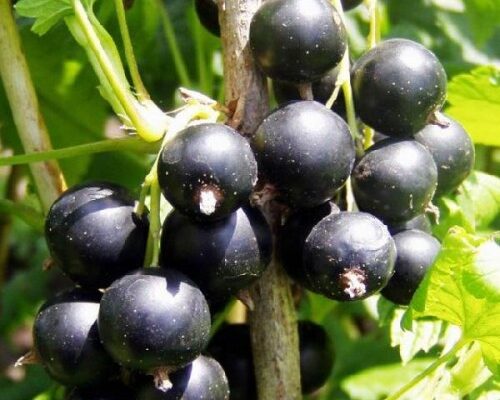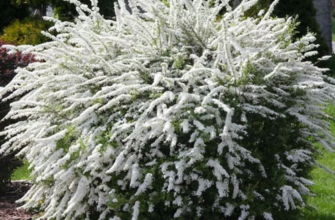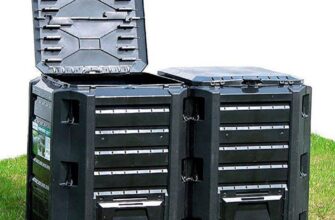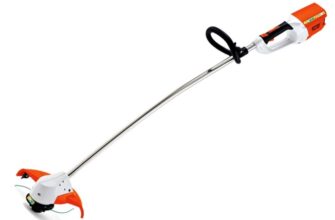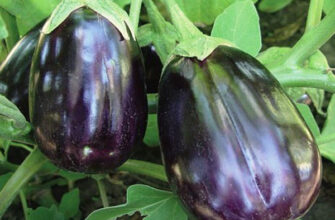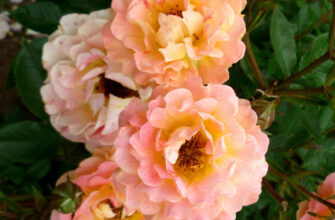Review of the best according to the editorial board. On the selection criteria. This material is subjective and does not constitute advertising and does not serve as a purchase guide. Before buying, you need to consult with a specialist.
A deciduous shrub from the Currant genus is known not only for its taste characteristics, but also for its unique properties. It is unpretentious in maintenance, therefore it is very popular among the owners of summer cottages. We have compiled a rating of the best representatives of early, mid-ripening, late-ripening black currant varieties. The sweetest types of culture are also included.
- Rating of the best varieties of black currant
- The best early varieties of black currant
- Maria Kievskaya
- Advantages
- disadvantages
- Exotic
- Advantages
- disadvantages
- Selechenskaya 2
- Advantages
- disadvantages
- Gift of Smolyaninova
- Advantages
- disadvantages
- The best mid-season blackcurrant varieties
- Dubrovskaya
- Advantages
- disadvantages
- Dobrynya
- Advantages
- disadvantages
- Venus
- Advantages
- disadvantages
- The best late varieties of black currant
- Arcadia
- Advantages
- disadvantages
- Altai Late
- Advantages
- disadvantages
- Vologda
- Advantages
- disadvantages
- Lazy person
- Advantages
- disadvantages
- The sweetest varieties of black currant
- An excellent pupil
- Advantages
- disadvantages
- Bagheera
- Advantages
- disadvantages
- Triton
- Advantages
- disadvantages
Rating of the best varieties of black currant
| Nomination | a place | Name of product | rating |
| The best early varieties of black currant | 1 | Maria Kievskaya | 4.9 |
| 2 | Exotic | 4.8 | |
| 3 | Selechenskaya 2 | 4.7 | |
| 4 | Gift of Smolyaninova | 4.6 | |
| The best mid-season blackcurrant varieties | 1 | Dubrovskaya | 4.9 |
| 2 | Dobrynya | 4.8 | |
| 3 | Venus | 4.7 | |
| The best late varieties of black currant | 1 | Arcadia | 4.9 |
| 2 | Altai Late | 4.8 | |
| 3 | Vologda | 4.7 | |
| 4 | Lazy person | 4.7 | |
| The sweetest varieties of black currant | 1 | An excellent pupil | 4.9 |
| 2 | Bagheera | 4.8 | |
| 3 | Triton | 4.7 |
The best early varieties of black currant
This rating category represents woody plants with juicy berries that appear at the end of the first summer month. In the southern regions, maturation begins at the beginning of the season. Since they wake up by mid-spring, they are more susceptible to frost in the spring and low temperatures in winter more than other varieties.
Maria Kievskaya
Rating: 4.9
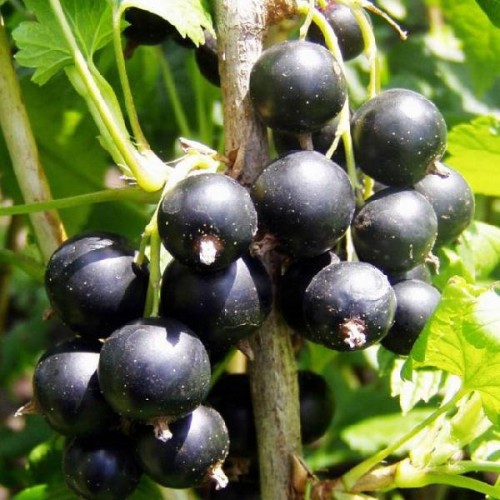
Currant bushes 'Maria Kievskaya' have a stable average yield. They do not require additional intensive care, are unpretentious and resistant to lodging. There is no need for additional shelter during winter. The plant is able to independently resist fungal diseases.
Shrubs spread over a short distance, reaching a height of no more than 1.3 meters. Large generative organs of the same size have a sweet taste with a sour tint. Ripe berries can be processed and frozen in the refrigerator.
Advantages
-
immunity to ash and rust fungus;
-
stems do not bend;
-
generative organs of large diameters;
-
stable rate of collected products.
disadvantages
- not.
Exotic
Rating: 4.8
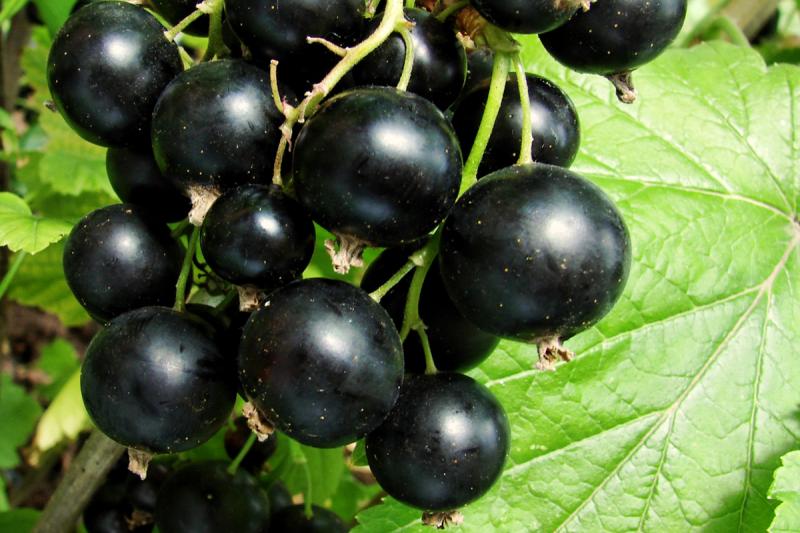
The exotic black currant variety is considered the largest-fruited species. The cultivar is a hybridization of Bradthorpe and Blueberry Seedling. It is grown in the central part of the country, including the Moscow region. Woody plants of medium density have broad shoots of a light green hue. Large five-part leaves extend from the stem. Fruit clusters have a thick axis and stand upright.
There are about ten black berries on one brush. Harvesting is easy thanks to the formed bunches similar to grapes. The generative organs have a thin shell and a round shape. They smell good and weigh up to five grams. They are harvested during the winter and eaten raw during the warmer months. Even after being stored in the refrigerator, they remain tasty. Up to a thousand grams of harvest is harvested from one black currant bush.
Advantages
-
opposition to the external environment in winter;
-
self-fertility (about fifty percent);
-
immunity to fungi;
-
high rates of gross collection;
-
convenience of harvesting.
disadvantages
-
additional treatment is required for septoria, anthracnose and a mite that damages the kidneys;
-
tendency to decay in high humidity conditions;
-
the difficulty of transportation due to the delicate skin;
-
the need for regular watering, especially during the hot period.
Selechenskaya 2
Rating: 4.7
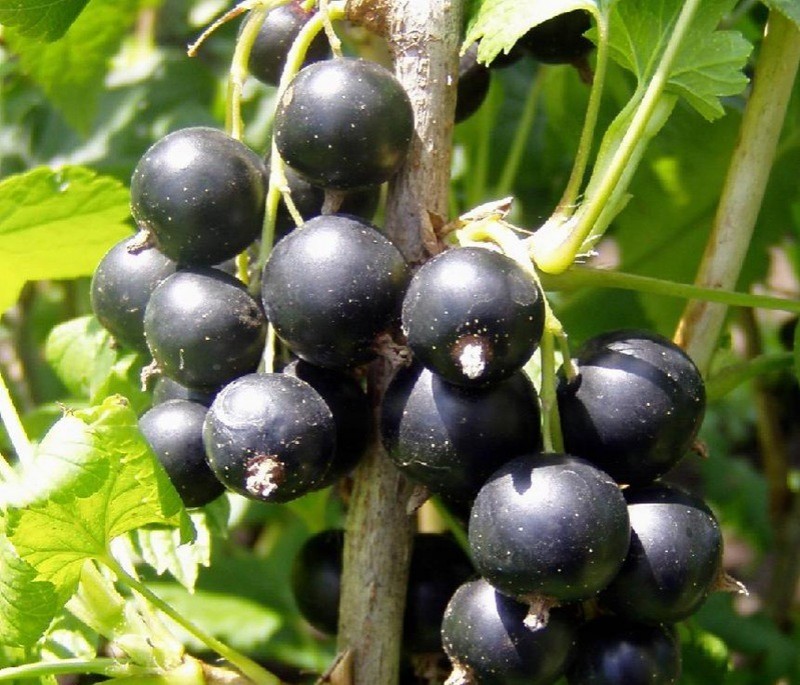
The dense bushes of the Selechinskaya 2 black currant reach a height of two meters. They are incredibly dry weather resistant. This species is recommended for growing in almost any part of the Russian Federation. It differs from other participants in the rating by the high quality of generative organs, which combine the unique properties of gooseberries and wild currants. The fruits are protected by a dense skin with a noticeable shine. They are easy to tear off and store.
An adult plant during the fruiting period is capable of producing up to five thousand grams of harvest. Housewives love to cook desserts from aromatic sweet-sour berries, because they are universal in use.
Advantages
-
good tolerance to temperature changes;
-
insensitivity to ash;
-
dry separation;
-
the product is preserved in transit;
-
versatility in processing.
disadvantages
-
the need to till the soil;
-
susceptibility to pests.
Gift of Smolyaninova
Rating: 4.6
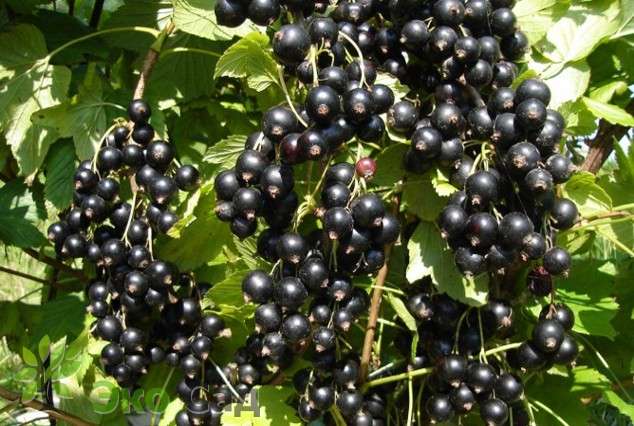
The woody plants of the black currant variety are not too spreading, but dense. They grow to medium height. They have short clusters with flowers, which are usually about eight. Thin green stalks are of medium length. Gardeners note the convenience of picking berries, the culture's immunity to many fungi.
Large generative organs of a rich dark color are used to prepare various dishes. The maximum yield is about 2.5 thousand grams. The variety is self-fertile.
Advantages
-
immunity to infection;
-
large edible part of the crop;
-
high palatability of the generative organs.
disadvantages
- not identified.
The best mid-season blackcurrant varieties
By the end of the first summer month, fruits ripen on mid-season currant varieties. They contain a lot of useful vitamins, so the culture has become very popular with gardeners.
Dubrovskaya
Rating: 4.9
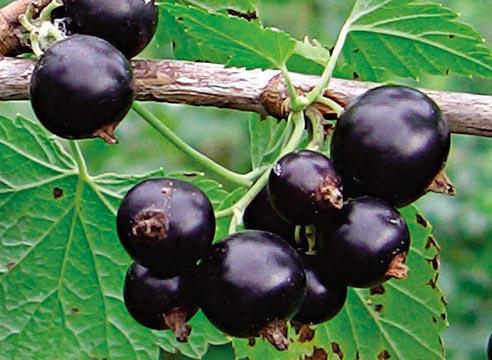
This species is a low-growing black currant bushes that take up little space on the site. Summer residents often choose this variety for a small area. It has a good yield and produces up to three kilograms of delicious black berries. They taste sweet and sour.
The average weight of one generative organ is 2.5 grams. It contains up to seven percent glucose. Dubrovskaya has excellent winter hardiness and can withstand severe cold.
Advantages
-
high rates of cold resistance,
-
compactness of the plant;
-
immunity to pests and viral infections.
disadvantages
-
tendency to thicken;
-
a high probability of being affected by powdery mildew.
Dobrynya
Rating: 4.8
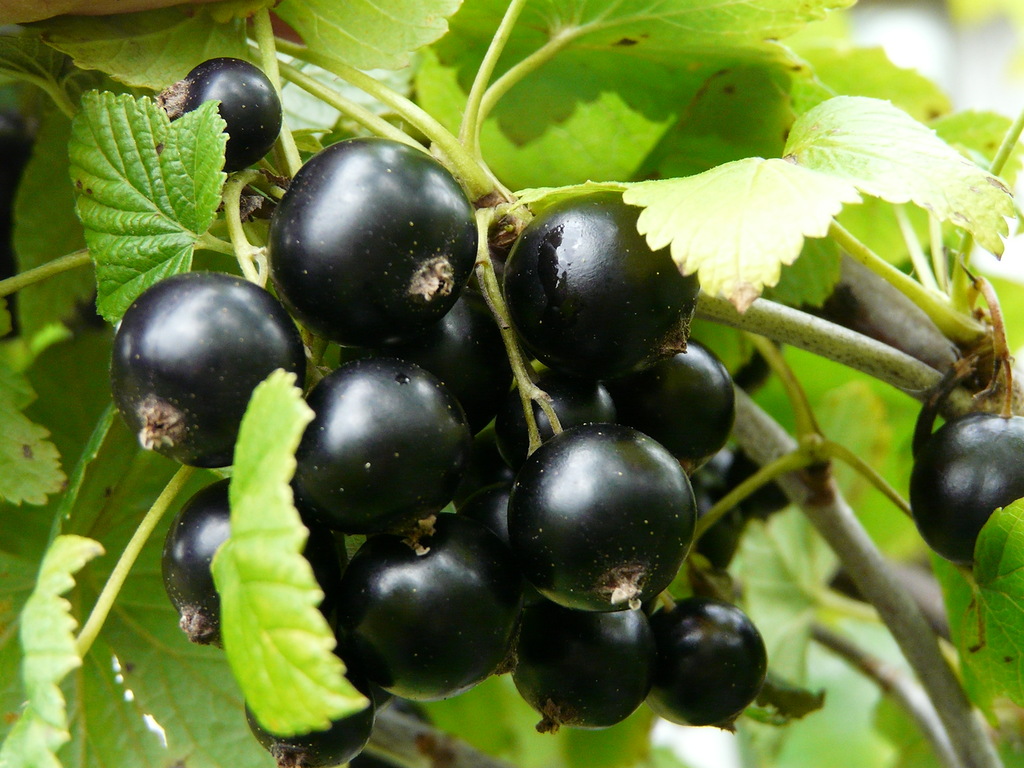
In 2004, breeder Astakhov bred a mid-season blackcurrant variety called Dobrynya. It is obtained by crossing Form 42-7 and Raisin. This species tolerates drought in summer and frost in spring well. Plant height depends on the growing area and soil composition. Its branches are erect. Purple shoots with an olive tint have leathery green leaves. One cluster has from six to ten yellow flowers.
The berries have a pleasant aroma and come off well from the stalk. They are distinguished by a black sheen and dense skin. Fruits weigh six grams. Up to two thousand grams of the crop are removed from the bush. Thus, Dobrynya is less productive than other participants in the rating.
Advantages
- low susceptibility to leucorrhoea.
disadvantages
-
non-simultaneous ripening of fruits;
-
low resistance to anthracnose.
Venus
Rating: 4.7
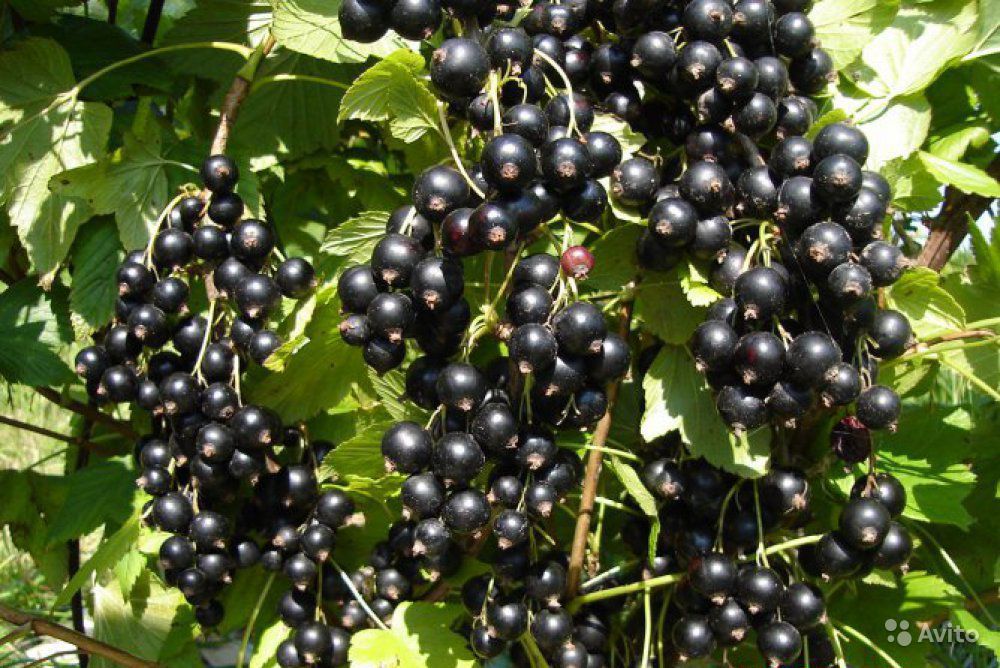
The Venus black currant variety is a hybridization of Bradthorpe and Blueberry Seedling. The variety is resistant to frost and is distributed throughout the Russian Federation. He tolerates temperatures down to minus 37 degrees and does not need a special shelter. It tolerates dry times well, bears fruit abundantly even in a dark place. The variety is self-fertile and does not need pollinators. He is unpretentious to the external environment and protected from dangerous diseases.
The plant density is average. It is moderately spreading and low. Berries are placed on a brush in 10 pieces, about six grams each. The black generative organs are ball-shaped and tender. Their taste is sour. An average of 4-5 thousand grams of harvest is harvested from the bush. It is a versatile species, the edible parts of which are consumed in any form.
Advantages
-
long fruiting period;
-
unpretentious care.
disadvantages
-
low susceptibility to ticks;
-
unsatisfactory keeping quality;
-
difficulties in transportation.
The best late varieties of black currant
At the end of the summer season, the following representatives of the rating begin to bear fruit. Late varieties of currants have time to undergo various misfortunes in the form of fungi and pests, therefore, they need protection from pathogenic microorganisms.
Arcadia
Rating: 4.9
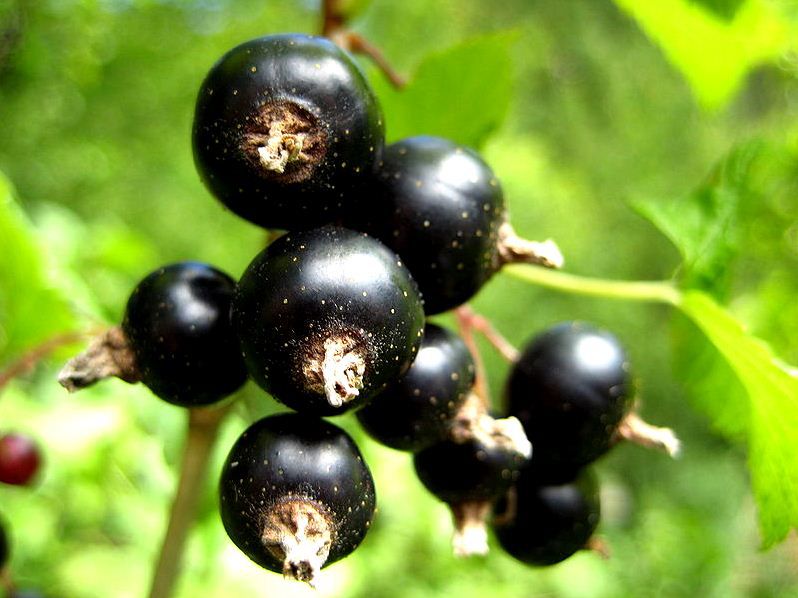
For ten years now, the Arcadia variety has been grown, which was obtained at the Institute. Rudnitsky in the north-east of the country. The bushes are not too sprawling and reach one meter in height. They have matte gray shoots and large, uneven leaves. Their flowers are pale pink.
The species is characterized by average indicators of gross harvest. Up to three thousand grams of berries are harvested from a black currant bush. The fruits themselves are large in size, some specimens reach up to five grams in weight. Their taste is refreshing and sweet with a subtle hint of sourness. They are excellent for winter freezing.
Advantages
-
large-fruited;
-
berries are suitable for freezing and processing.
disadvantages
- under the weight of the harvest, the branches lean to the ground.
Altai Late
Rating: 4.8
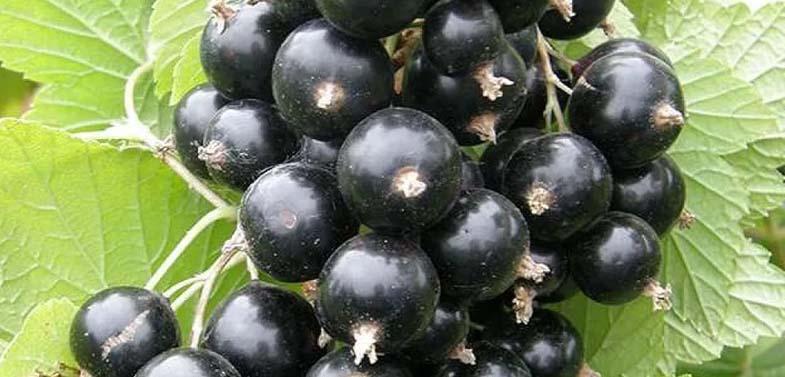
In 2004, the Altayskaya Pozdnyaya black currant variety was bred. Its bushes are quite tall, they grow straight. Small shoots bark in a light green color. Castings are thin and delicate, medium in size. Their blades are pointed. The average berry weight is a little over one gram. Round generative organs are collected in brushes of 10-15 pieces.
The currant has a light bloom, the peel is elastic and thin. The edible parts taste very pleasant, slightly sour. It is a high-yielding crop that tolerates the winter season well. It is characterized by self-fertility and resistance to pathologies.
Advantages
-
dry separation;
-
consistently high yield;
-
unpretentiousness to the soil composition;
-
good taste of edible ingredients;
-
easy reproduction;
-
increased resistance to various fungi and pests.
disadvantages
- medium-sized berries.
Vologda
Rating: 4.7
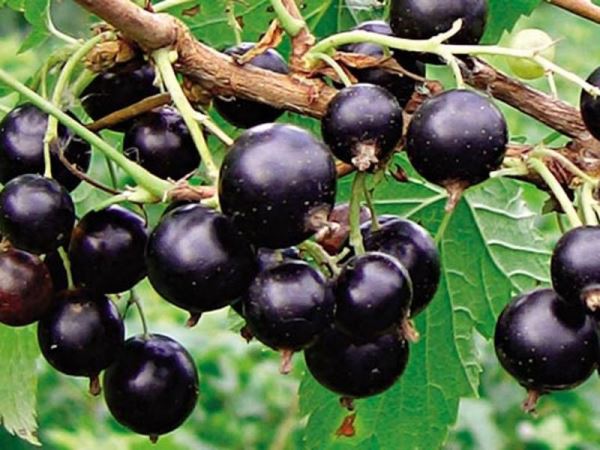
It is the undisputed leader in yield among other participants in this rating category. It was discovered in 1995 based on the 'Compact' and 'Bradthorpe' views. The plant is unpretentious, capable of withstanding frost up to minus 35 degrees and heat up to plus 45 degrees. A dense and spreading black currant bush is of medium size and reaches a height of more than one meter. The leaves are asymmetrical, dark green in color.
The edible parts of the plant are collected in 14 pieces on curved brushes. Generative organs of black color in the shape of a sphere and weighing about three grams. They have a tight outer shell, rich aroma, sweet-sour taste. Berries are good because, when ripe, they do not fall to the ground. However, they tend to burst when overripe. Characterized by an increased content of vitamin C – in one hundred grams of 138 mg of acetylsalicylic acid. During the season, up to five kilos of product are harvested from the bush.
Advantages
-
resistance to severe frosts;
-
high productivity;
-
immunity to parasites and Cecidophyopsis ribis.
-
dessert taste of the product;
-
universal purpose of fruits.
disadvantages
-
prone to rust;
-
uneven maturation;
-
cracking of edible parts when overripe;
-
spreading of the plant (a garter is needed).
Lazy person
Rating: 4.7
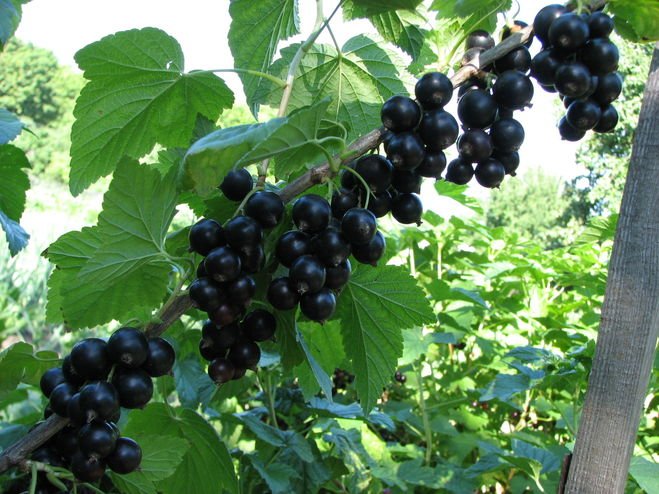
Due to late ripening, the next rating variety was named Lazy. This type of crop begins to bear fruit when the harvest has already been harvested on other plants. This is one of the rare late-ripening varieties. It was created in 1995 by crossing Minai and Bradthorpe. Currant bushes grow tall and medium spreading. They have strong light green shoots. The flowers resemble bells with red petals. The variety can tolerate frosts down to minus 34 degrees. For this he is highly appreciated by gardeners. In addition, the plant is resistant to common pathologies, for example, powdery mildew and ascomycete fungi.
An average of 2.2 kilograms of berries are harvested from a bush. They are large in size and have a sweet taste, juicy pulp. The fruit is ideal for mechanized harvesting. No additional pollinators are required. Experienced gardeners recommend planting other varieties of plants nearby to achieve the best taste.
Advantages
-
high rate of cold resistance;
-
minimal risk of contracting diseases.
disadvantages
-
uneven maturation;
-
crumbling of mature edible parts;
-
poor transportation.
The sweetest varieties of black currant
The generative organs of the varieties of the next category of the rating are distinguished by a high sucrose content – more than 12 percent. They also contain vitamin C, which makes the taste sour. Nature has provided natural protection against sugar-susceptible pests. It is the dense skin of a fruit that resembles grapes.
An excellent pupil
Rating: 4.9
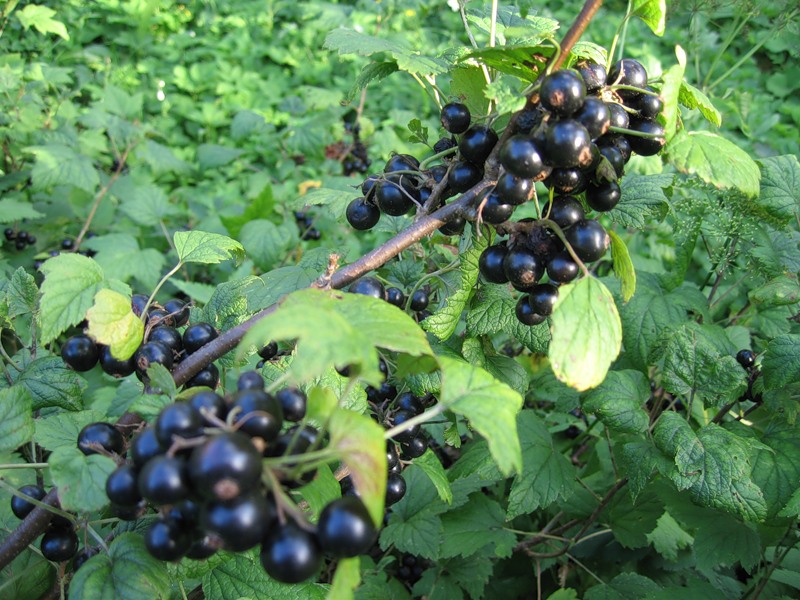
The leader in sugar content is considered the Excellent student. The species is characterized by dense and spreading bushes. Their height reaches 1.8 meters. An average of four thousand grams of harvest is harvested from one woody plant. The fruit has a sugary sweet taste. Black and coal berries are quite large. They ripen en masse in the middle of summer. The frost resistance of the variety is average. But he tolerates return spring cold well. Its ability to resist parasites and fungi is low.
Advantages
-
resistance to temperature changes in spring;
-
good yield indicators.
disadvantages
-
weak immunity to pests and diseases;
-
low winter hardiness.
Bagheera
Rating: 4.8
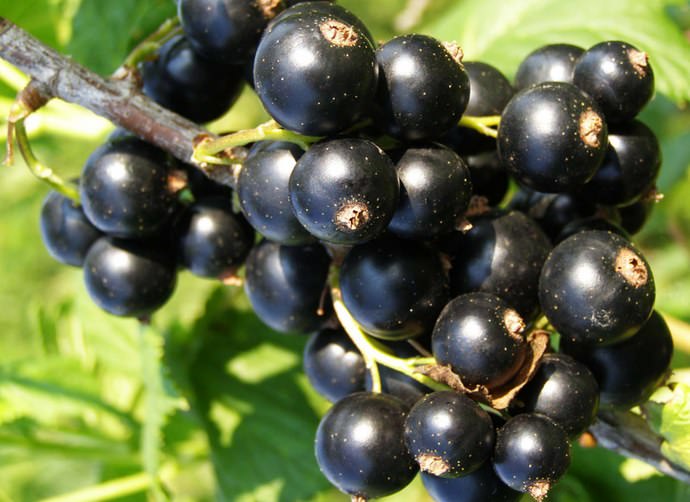
This variety belongs to the mid-season. Bagheera is recommended for cultivation in the West and East of Siberia, the Urals. Medium-sized black currant bushes reach a height of one and a half meters. They bloom at the end of May, and bear fruit the next year after planting.
During the season, up to 4.5 kilograms are harvested from the bush. The edible parts mature by mid-summer. They have a deep black color and matte sheen. The mass of one generative organ is about two grams. The harvest ripens together. The currant pulp is juicy and slightly acidic. the sugar content reaches 12 percent.
Advantages
-
the variety is very winter hardy;
-
good indicators of gross collection
-
perfectly tolerates heat, drought.
disadvantages
- moderately resistant to disease.
Triton
Rating: 4.7
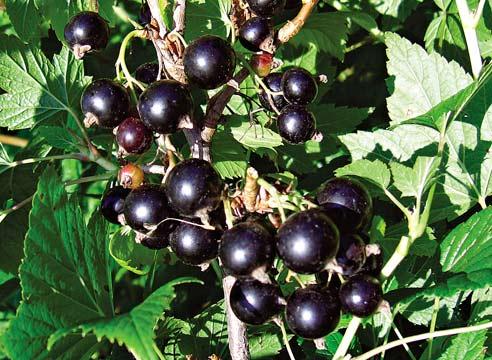
'Triton' belongs to the varieties of foreign selection. Bred in Northern Europe on the basis of 'Altai Dessert' and R1-1800 form. Suitable for growing in any size area. Flowering begins in late spring and ripens by mid-summer. But it bears fruit only in the third year after planting.
The weight of the berries reaches one gram. They are collected in long brushes of about 12 pieces. Their pulp is sweet and sour. They are removed together with the stalk. It is a self-fertile variety that does not require pollination. Triton is characterized by good productivity every year – up to three thousand grams per bush. The excellent quality of the product makes it popular with confectioners and dessert lovers. The currant is resistant to leucorrhoea and is suitable for mechanized harvesting.
Advantages
-
dry separation;
-
complex resistance to powdery mildew, anthracnose, rust, pests, drought and frost.
disadvantages
- not found.
Attention! This rating is subjective and does not constitute an advertisement and does not serve as a purchase guide. Before buying, you need to consult with a specialist.

